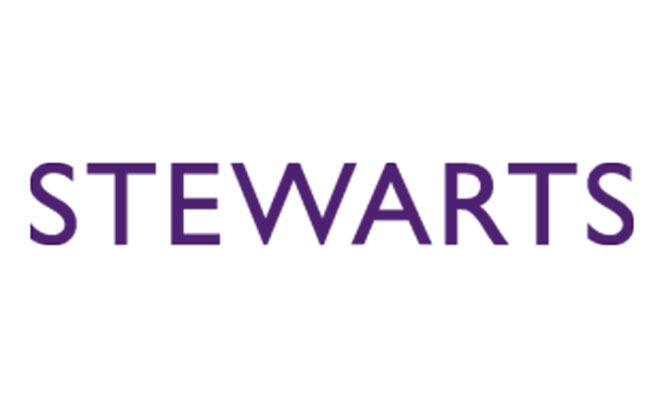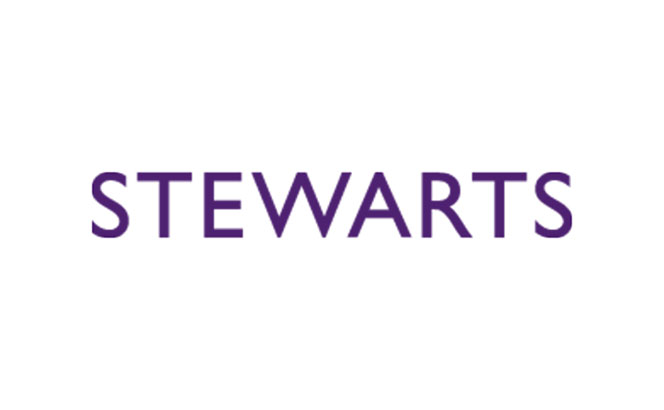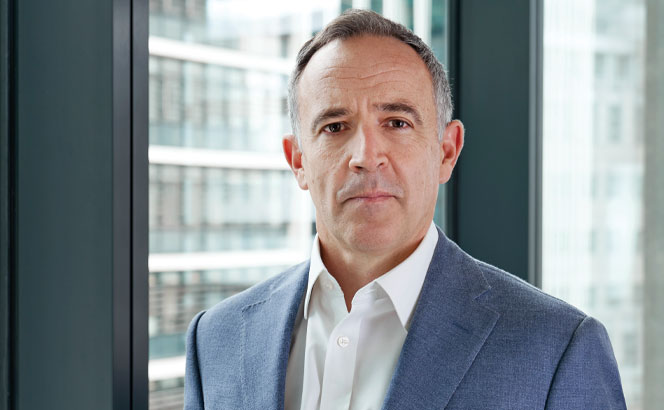
Travers Smith reaches record highs for revenue and PEP despite recent partner exits
Turning the page on last year’s disappointing financial performance, when revenue nudged up by just 1% and profit per equity…

Turning the page on last year’s disappointing financial performance, when revenue nudged up by just 1% and profit per equity…

A quick scan of the inevitable January opinion pieces predicting trends in the litigation market for the year ahead gives…

Stewarts look at the UK financial market, with special focus on FSMA

Stewarts on some recent developments in arbitration in the UK

Litigation specialist firm Stewarts today posted financial results that saw revenue fall by 25% to £85.1m. Net profit and PEP…

Tim Symes and Alice Glendenning discuss the common claims of online and open banking and the difference between dishonest and…

Aaron Le Marquer and James Breese examine some of the key themes in insurance disputes over the past year and…

Bad things happen in threes (so my mum used to say). The cumulative impact of the UK leaving the EU,…


As financial results season enters the home straight, Scottish leaders Burness Paull and Brodies, as well as London-based disputes firm Stewarts,…


Tim Symes and Alice Glendenning discuss claims against valuers, auditors and banks in a professional liability context, and where such…

Stewarts’ Julian Chamberlayne, Bradley Meads and Stuart Carson consider the most significant developments in relation to costs recovery, cost management,…

It hardly seems a year ago that I was writing a commentary on the state of the UK disputes market…

One of the strangest features of Covid-19 is that it manifests itself in the human body in a random and…

Stewarts’ Sean Upson considers how the upcoming year will define and influence new working practices Certain years define and influence…

Stewarts’ Alex Jay and Tim Symes discuss past and present growth in international fraud The increase in fraud following the…


Disputes specialist Stewarts has seen double-digit revenue growth for two years on the spin, posting an 11% increase in turnover…
